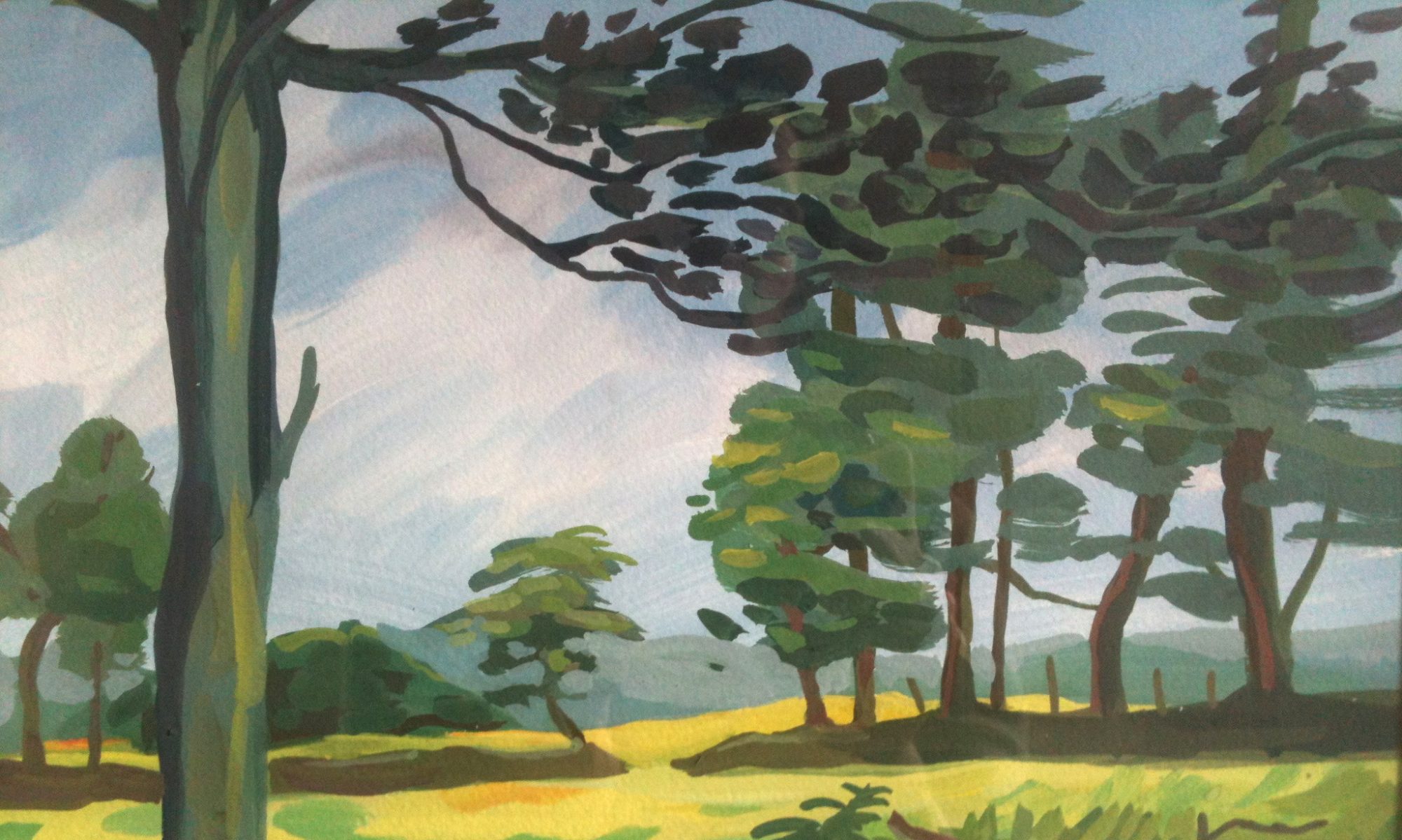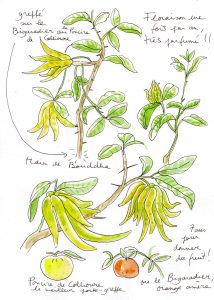The hand of Buddha, what a strange name for a lemon!
The first time I discovered this odd fruit, which looked like a small octopus, or a hand with several fingers, I took it for a wacky piece of art, coming from the imaginations of artists living in the south of Europe during the last century, like Dali and Picasso.
The photo of this strange lemon was in black and white. Therefore, it was difficult to identify it as a lemon. Therefore, it was a pleasure to see this curious Citrus for real, in an Eastern Pyrénées mountains’ greenhouse next to the Spanish boarder.
The mild winter climate matches with a certain humidity provided by the proximity to the sea, which is perfect for the citrus. Everywhere else, a container culture is necessary, and remains the only way to keep it over time. During these few days of holidays on the threshold of 2021, I have been greeted by the nurseryman Mathieu Vessieres who opened up for me the delicately scented kingdom of the citrus trees.
I was lucky to come when the lemon turns from green to yellow, between November and January, as it is the period of full maturity, a genuine delight.
Like other rare citrus fruits such as, yuzu, lemon caviar, Japanese mandarin, bergamot, Kumquat giganteum, pomelo ugli, tangelo lo, Vatican orange with strange stripes, or Meyer lemon orange in color, the great cooks love its powerful aromas.
In France, the hand of Buddha is a decorative tree with thorny twigs and oval glazed leaves of a beautiful light green. This citrus fruit has a thick skin and very little flesh, it gives almost no juice and often there are no seeds either. It needs four to five hours of sunshine per day but does not stand high heat, nor drought. The whole point is how to manage water stress.
In summer, the citrus likes to keep its roots cool, without having soggy roots. During the winter, one or two waterings per month is sufficient to meet the needs of a wintering Buddha’s hand. It loves rich, organic soils and it is better to mulch its feet to keep a little freshness. Its large white flowers, with purple buds, bloom mainly in springtime but sometimes the flowers come back in the late season, giving off an exquisite fragrance.
In Asia, its fruits are used as a lucky charm. So this is the perfect fruit to wish you in the Chinese style: fertility, longevity and prosperity for the year 2021 to which I will add, in this time of health crisis, good health!
Raphaèle Bernard-Bacot

